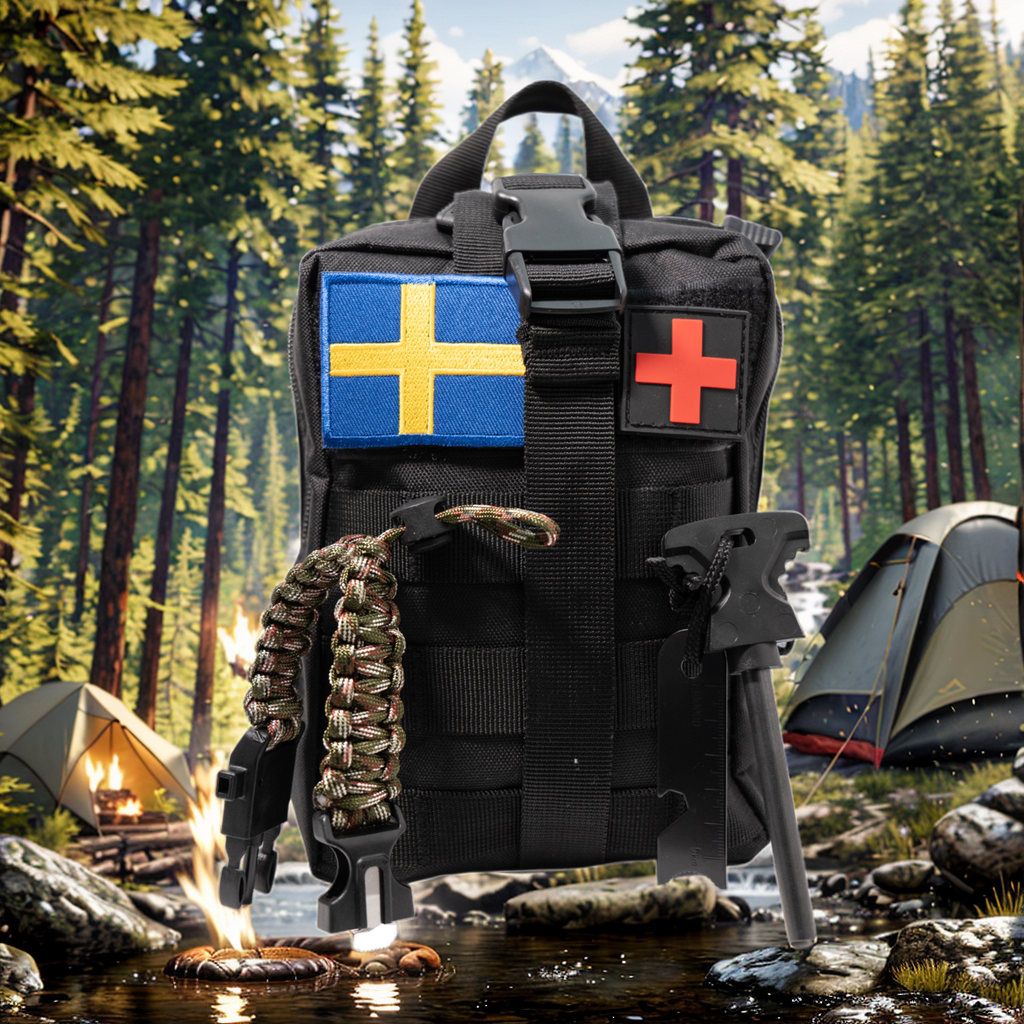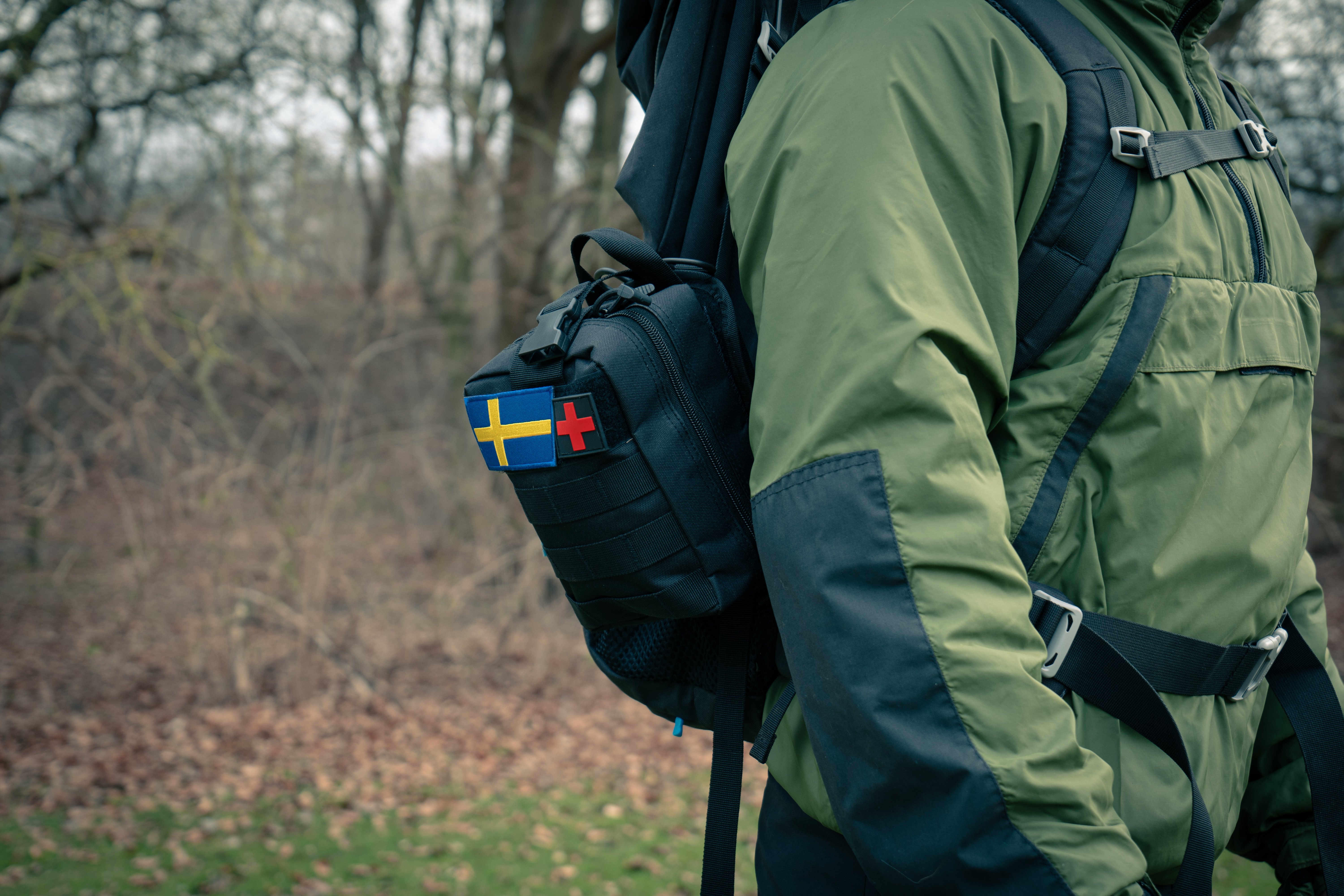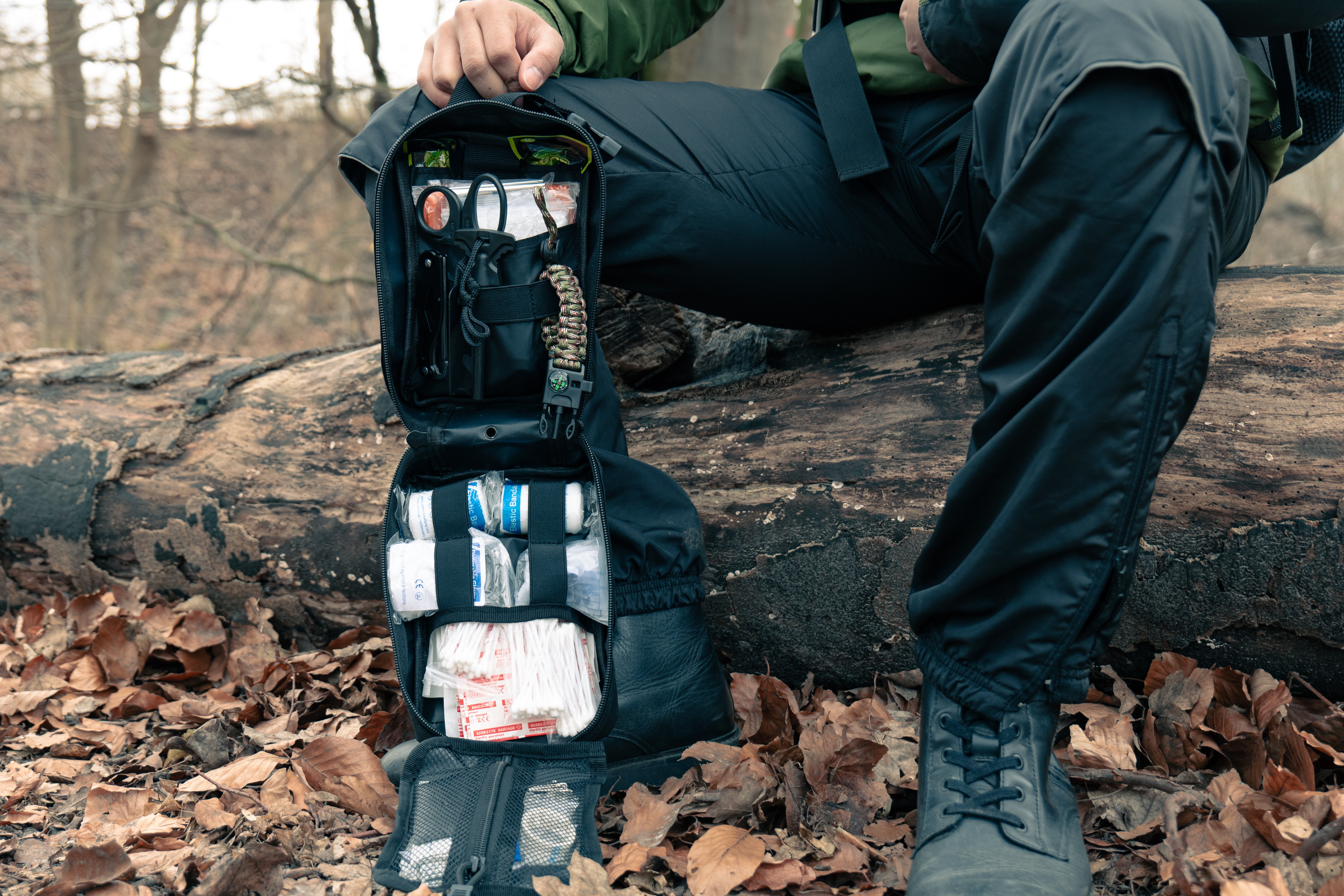
The Ultimate Survival Kit: Bug Out Bag, Urban & Camping Essentials
Be prepared for any emergency with our Ultimate Survival Kit. Packed with essential gear for bugging out, urban survival, camping, and fishing. Get yours now!
Jul 26, 2024 | by N Johansson

In uncertain times, being prepared is not just a choice; it's a necessity. A survival medical kit is an essential component of any preparedness plan, ensuring you have the necessary supplies to handle medical emergencies. This article explores everything you need to know about survival medical kits, from their importance to the best options available on the market.
A survival medical kit is a collection of medical supplies and tools designed to provide basic healthcare in emergency situations. These kits are tailored to support you during natural disasters, outdoor adventures, and everyday accidents. Key components typically include first aid supplies, medications, and essential tools.
Natural disasters such as earthquakes, hurricanes, and floods can occur without warning, leaving you without access to medical care. A survival medical kit ensures you can treat injuries and illnesses until help arrives.
For those who enjoy hiking, camping, or traveling to remote areas, a survival medical kit is crucial. It provides peace of mind and the means to handle medical issues far from civilization.
Accidents can happen anywhere, anytime. Having a survival medical kit at home, in your car, or at your workplace allows you to address injuries immediately, potentially saving lives.
Consider the number of people your kit needs to support and any specific medical conditions they may have. Tailor the contents accordingly.
Your kit should be portable and lightweight, especially if you plan to carry it during outdoor activities. Balance comprehensiveness with practicality.
Invest in high-quality supplies and a sturdy container. The durability of your kit is crucial in ensuring it withstands harsh conditions.

Creating your own kit allows for complete customization, ensuring you have exactly what you need. However, it can be time-consuming and may end up being more expensive.
Pre-made kits are convenient and professionally assembled, often including a comprehensive range of supplies. They are typically more cost-effective and time-saving.
While DIY kits may seem cheaper initially, the cost of individual items can add up. Pre-made kits offer bulk savings and often come with additional features.
Include any personal medications, eyeglasses, or medical documents. Customize the kit based on your family's unique health needs.
Consider including items for specific conditions, such as asthma inhalers, EpiPens, or diabetic supplies.
Adjust your kit for different seasons, including items like sunscreen and insect repellent for summer or hand warmers and extra blankets for winter.
Use clear, labeled pouches to organize supplies by category. This helps you find items quickly in an emergency.
Ensure your kit is waterproof or includes waterproof bags to protect contents from moisture.
Pack your kit so that the most frequently used items are easily accessible. Keep it in a designated, known location.
Inspect your kit regularly, at least every six months, to ensure all items are in good condition and nothing is missing.
Check the expiration dates on medications and replace them as needed. Expired items can be ineffective or even harmful.
After using any part of your kit, promptly restock the items. Keep a checklist to track what needs to be replaced.
A survival medical kit is a critical element of preparedness, providing the means to handle medical emergencies when professional help is not immediately available. By understanding the components and customization options, you can create a kit that meets your specific needs. Regular maintenance and proper packing ensure your kit is ready whenever you need it. Stay prepared, stay safe.